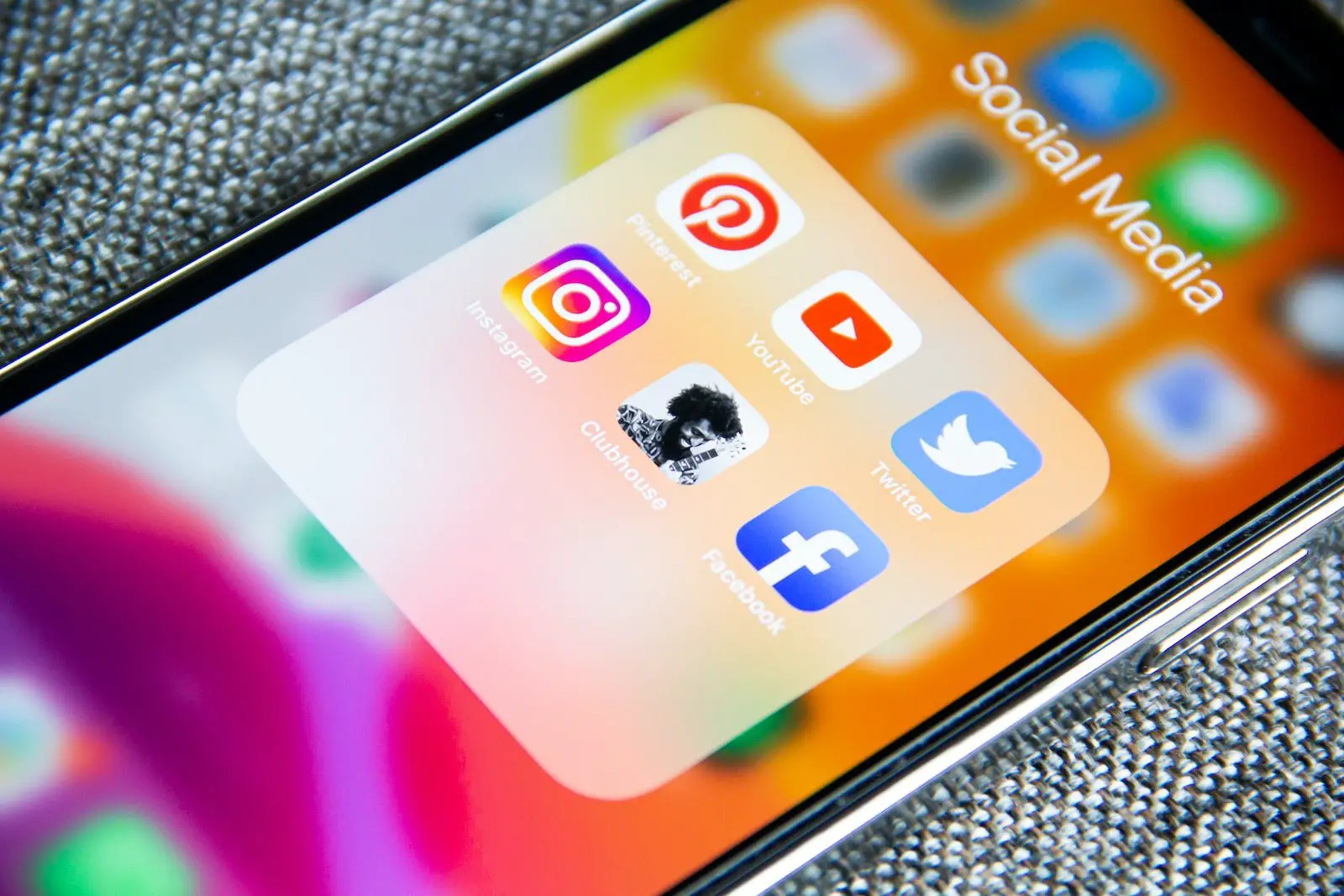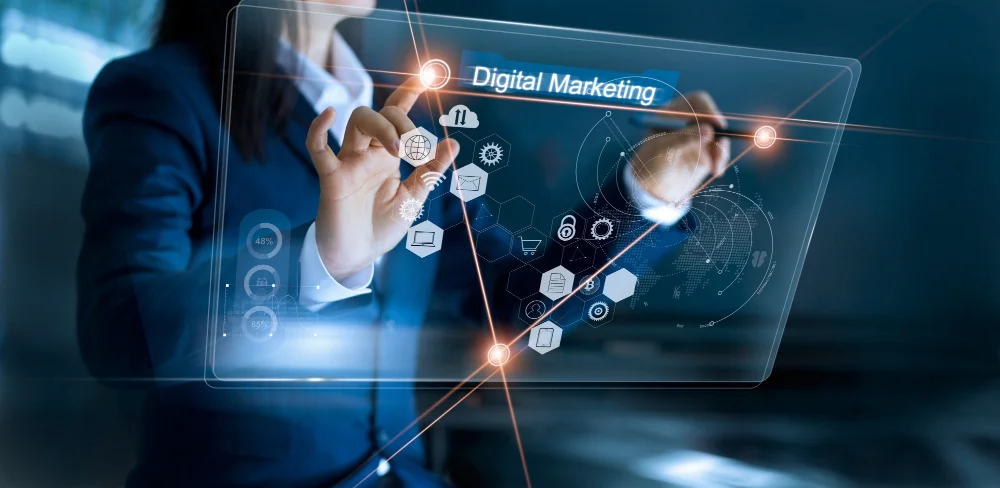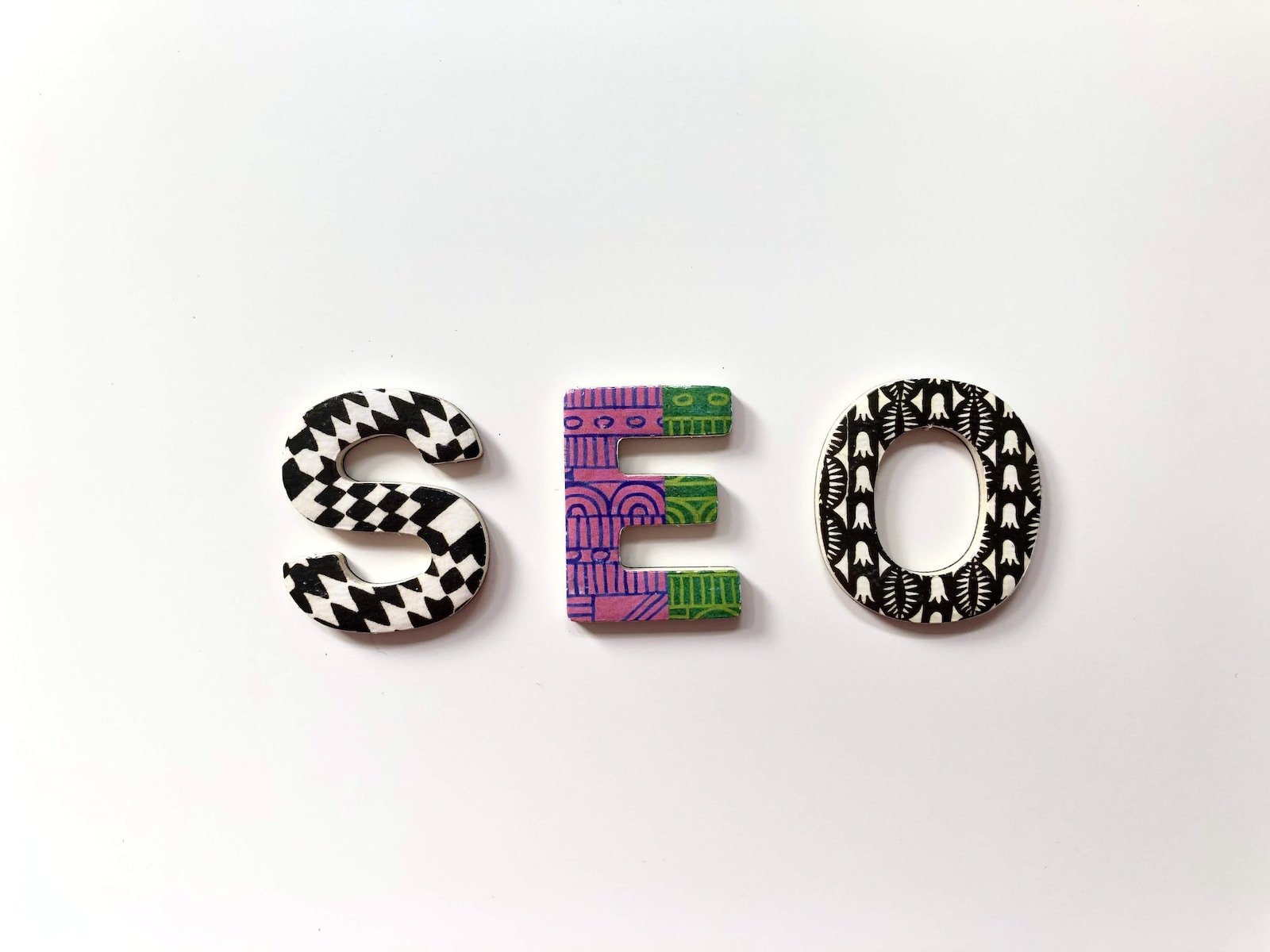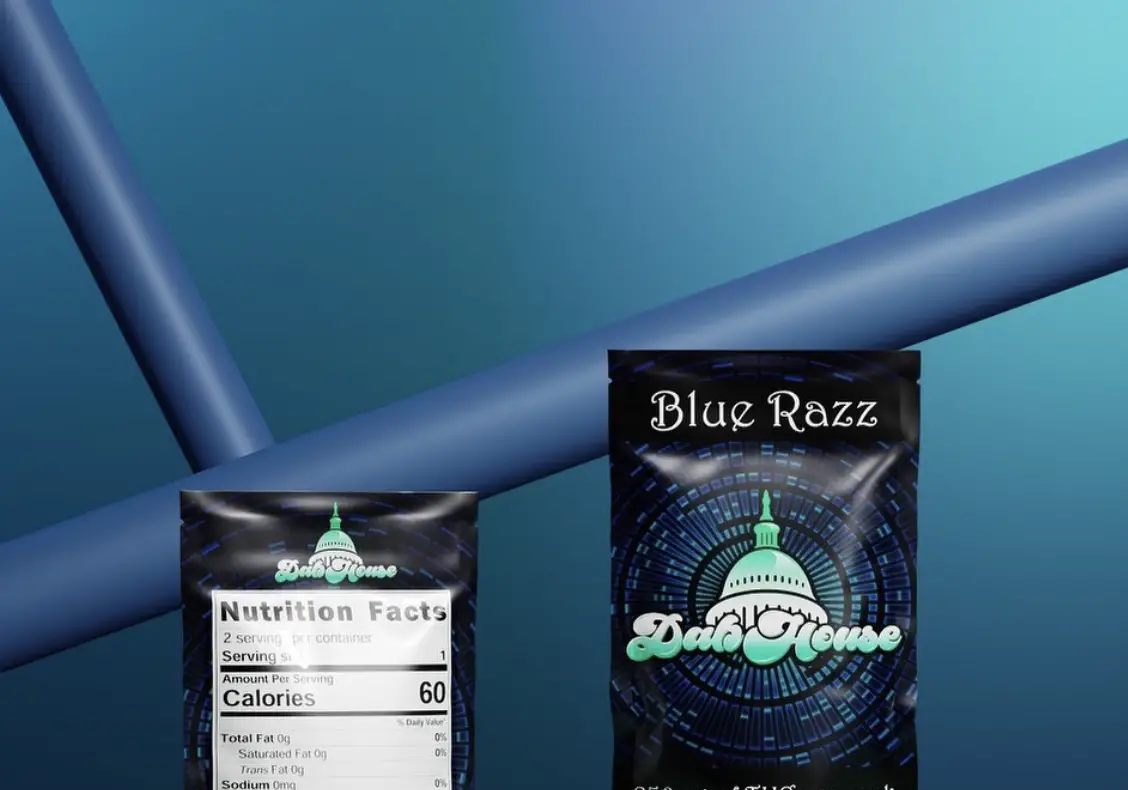In 2020, programmatic advertising accounted for 86.3% of total digital display ad-spends. This shocking statistic was revealed in a report by marketer. Such a figure is definitely a hint at the shifting momentum in digital marketing.
Businesses are trying to reach their audiences in newer, more effective ways. They are opting for programmatic advertising more and more over traditional advertising methods. That has made way for programmatic advertising companies to emerge as a difference-maker. This shift in the digital marketing landscape benefits them the most. By using ample customer data and tech tools, brands can connect with their customers like never before!
Manual ad placements and negotiations are matters of the past. Automation has changed the game of buying and displaying ads. It also allows businesses to reach the right audience at the right time in the right place. The emergence of automation has streamlined and enhanced the advertising campaigns. It makes them more effective, precise and efficient than ever.

In this article, we’ll see how programmatic advertising is changing digital marketing substantially.
1. The Rise of Automation in Advertising:
Automation has emerged as a new giant in the world of advertising. It has eliminated any scope of manual negotiations and streamlined the buying process.
Read-time bidding is one of the key features of automated advertising. Not only is it quick, it is also highly precise. Brands can target a very specific set of audience in no time using automation. Plus, they can remain assured that every single dollar they spend is utilized to its fullest.
Such efficiency and precision are unprecedented. They have been raising the bars of advertising and making it more audience-centric.
2. Enhanced Targeting Capabilities:
Targeting the right audience is now leaps and bounds ahead of what one can imagine. With programmatic advertising you can access multiple layers of data. It can be much deeper than basic demographics like age, location and occupation data.
It revolves around customer’s online behavior, interests and patterns. This allows brands to target the hyper-relevant potential customer, increasing chances of conversion. These ads work so much better because they are crafted specifically for that set of audience. The outcome is, more user engagement and more personalized experience for the user.
3. Real-time Data and Analytics:
Real-time data is of utmost importance. Programmatic advertising allows brands to get immediate feedback on their ads. All the ongoing ads can be monitored for their performance. Not only that, you can also edit them and make other adjustments in real time!
If a particular strategy seems to be not working, changing it mid-way without losing any money is now easy. This ensures that the campaigns move forward in the right direction, resonating with the audience effectively.
4. Cost-Efficiency and Higher ROI:
High effectiveness with higher efficiency is the biggest USP of programmatic advertising. This method eliminates the middlemen and saves huge costs. But its not only about saving though.
The biggest benefit is that every dollar spent has maximum impact in the campaign. Such precise targeting allows brands to ensure that their budgets are utilized wisely. This also adds to the ROI (return on investment) potential of programmatic advertising.
5. Seamless Integration with Other Digital Strategies:
As advanced as it is, programmatic advertising can still be easily integrated. It can be a part of strategies that involve other mediums as well. Whether it is content marketing, SEO or social media campaigns, it fits with them all!
Due to this benefit, your campaigns can remain consistent and enhance your branding. When all these strategies work together, the user experience becomes smoother. This leads to way higher brand recall and loyalty from customers.
6. The Future: AI and Machine Learning in Programmatic:
Programmatic advertising is growing at an unprecedented pace today. AI and machine learning are also stepping into the game now. These new tools and features provide even more detailed insights of consumer behavior. They have the potential to take precision to the next level.
As AI is becoming more integrated to programmatic platforms, the entire industry is on the rise. Brands can now anticipate customer needs and stay one step ahead of the curve at all times.

Navigating the Future of Digital Advertising
The digital age is being led by digital advertising today. Programmatic advertising companies are frontrunners in this transitional phase. They can offer brands a great combination of precision, efficiency and timeliness.
Automated ads are not just about having a streamlined process though. It is more about how brands can connect with their audiences on a more personal level. These new technologies that are emerging everyday are elevating the programmatic advertising standards.
But with great power comes great responsibility. The brands must be using these tools and data judiciously. Their top priority must always remain user experience. Over-targeting your audience with ads can result in ad fatigue and can go completely wrong. The key is to have the right balance and use the potential of programmatic advertising to its best. The user should remain at the core of your strategy at all times. Nothing precedes your audience’s best interest.
Programmatic advertising is not a trend, but a trendsetter. It is the obvious future of digital marketing and it does seem very bright. Embracing its potential can definitely lead to great results. In order to thrive in this new age marketing, brands must leverage programmatic advertising to stay in the race.


















